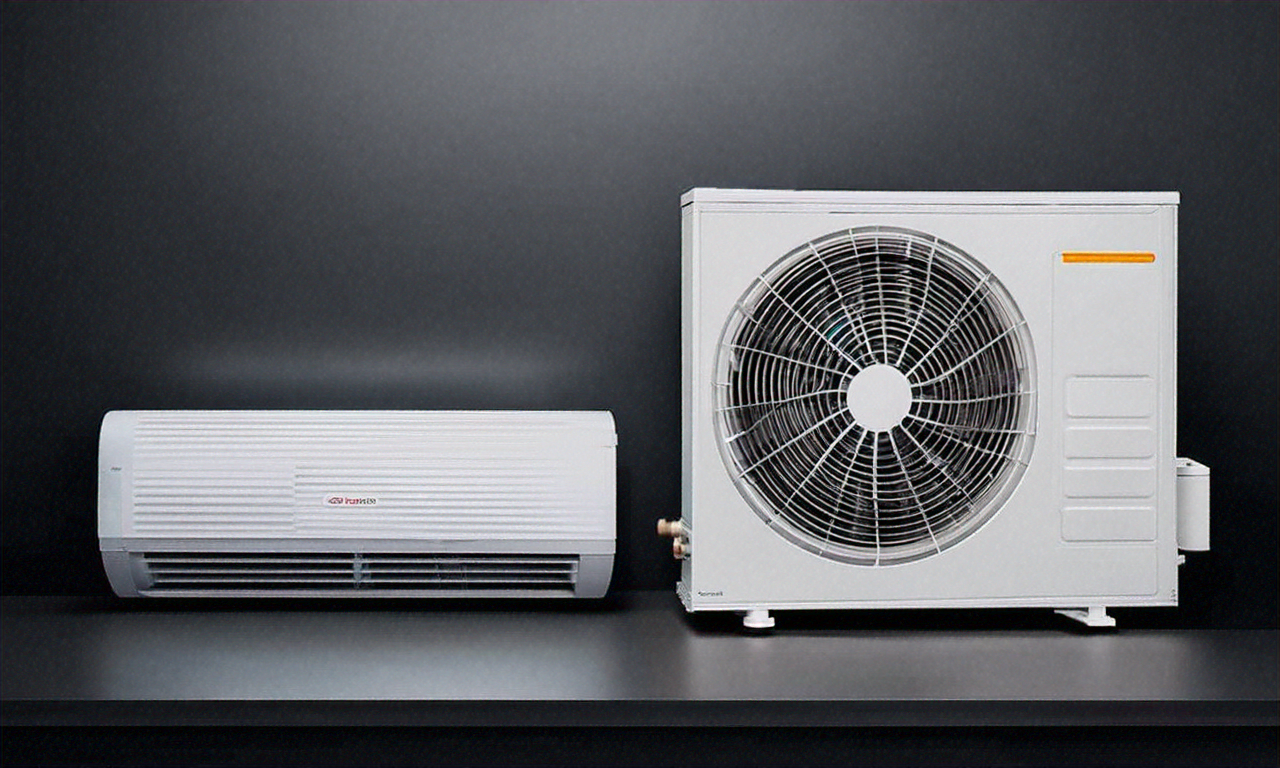Ductless Air Conditioning Systems: How They Work and Their Benefits
Ductless air conditioning systems, also known as mini-split systems, have gained popularity in recent years as an efficient and flexible cooling solution for homes and businesses. These systems operate without the need for extensive ductwork, making them ideal for both new construction and retrofitting existing spaces. Understanding how ductless air conditioning works, its components, and its advantages can help property owners make informed decisions about their cooling needs.

How do ductless air conditioning systems work?
Ductless air conditioning systems consist of two main components: an outdoor compressor unit and one or more indoor air-handling units. The outdoor unit houses the compressor and condenser, while the indoor units contain the evaporator and blower. These components are connected by a small conduit that carries refrigerant, power, and communication lines between the units.
The system operates by circulating refrigerant between the outdoor and indoor units. The outdoor unit compresses the refrigerant and releases heat outside. The cooled refrigerant then travels to the indoor unit, where it absorbs heat from the room air. This process continues, maintaining the desired temperature set by the user through a remote control or wall-mounted thermostat.
What are the advantages of ductless systems in residential and commercial spaces?
Ductless air conditioning systems offer several benefits for both residential and commercial applications. One of the primary advantages is their flexibility in installation and zoning. Since these systems don’t require ductwork, they can be installed in spaces where traditional central air conditioning might be impractical or impossible.
In residential settings, ductless systems allow homeowners to create individualized comfort zones throughout their house. Each indoor unit can be controlled separately, enabling different temperature settings in various rooms. This zoning capability can lead to increased energy efficiency, as users can avoid cooling unoccupied spaces.
For commercial spaces, ductless systems provide an excellent solution for offices, retail stores, and restaurants. They offer quiet operation, which is essential in professional environments, and can be easily integrated into existing structures without major renovations.
How energy efficient are ductless air conditioning systems?
Ductless air conditioning systems are known for their high energy efficiency, which can translate to lower utility bills for users. The absence of ductwork eliminates the energy losses associated with air leakage in traditional ducted systems, which can account for up to 30% of energy consumption in conventional HVAC setups.
Many ductless systems also incorporate inverter technology, which allows the compressor to adjust its speed based on the cooling demand. This variable-speed operation results in more consistent temperature control and reduced energy waste compared to traditional on/off cycling.
Additionally, the zoning capabilities of ductless systems contribute to their energy efficiency. By cooling only the spaces that are in use, these systems can significantly reduce overall energy consumption in both residential and commercial settings.
What maintenance is required for ductless air conditioning systems?
While ductless air conditioning systems are generally low-maintenance, regular care is essential to ensure optimal performance and longevity. The most frequent maintenance task is cleaning or replacing the air filters in the indoor units, which should be done every 1-3 months depending on usage and environmental conditions.
Other maintenance requirements include:
-
Cleaning the outdoor unit’s coils and removing debris from around the unit
-
Checking and cleaning the condensate drain to prevent clogs
-
Inspecting refrigerant lines for leaks or damage
-
Verifying proper refrigerant charge
It’s recommended to have a professional HVAC technician perform annual maintenance checks to ensure all components are functioning correctly and to address any potential issues before they become major problems.
What technological advancements are featured in modern ductless systems?
Recent technological advancements have further enhanced the capabilities of ductless air conditioning systems. Many modern units now incorporate smart features that allow for remote control and monitoring via smartphone apps. These smart systems can learn usage patterns and adjust settings automatically for optimal comfort and efficiency.
Some advanced ductless systems also feature improved air filtration technologies, including plasma filters and electrostatic filters, which can remove allergens, dust, and other pollutants from the air. This can contribute to better indoor air quality, especially beneficial for those with allergies or respiratory issues.
Additionally, newer models often come with enhanced sensors that can detect occupancy and adjust cooling accordingly, further improving energy efficiency. Some systems even integrate with home automation platforms, allowing for seamless coordination with other smart home devices.
Ductless air conditioning systems offer a versatile and efficient cooling solution for a wide range of applications. Their ability to provide targeted cooling, energy efficiency, and integration with smart home technologies makes them an attractive option for both residential and commercial spaces. As technology continues to advance, ductless systems are likely to become even more sophisticated, offering improved comfort and control for users.




